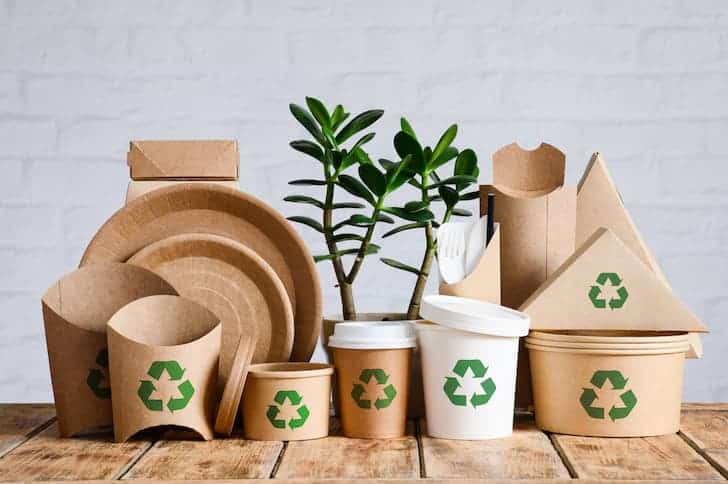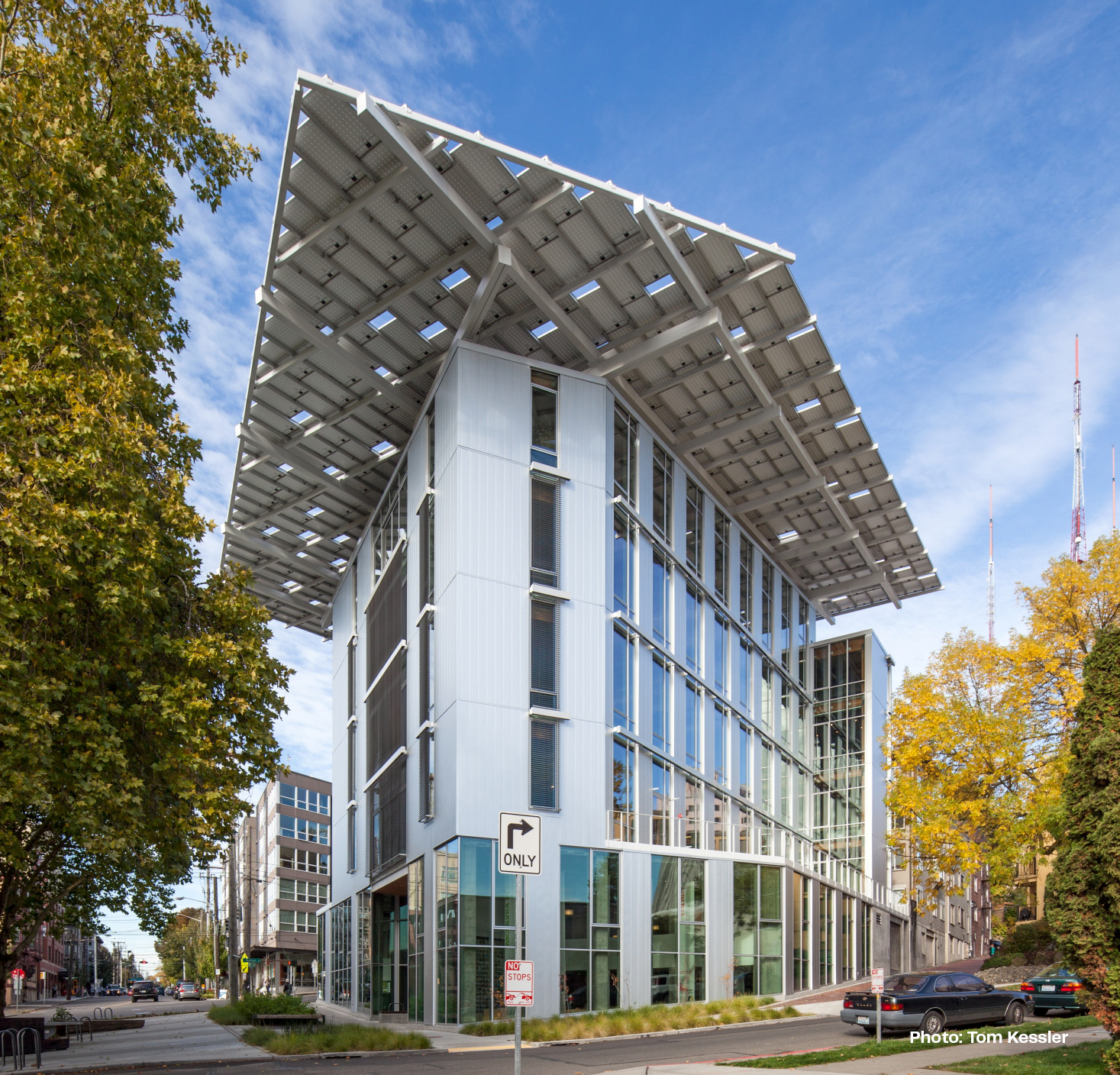Eco-Conscious Materials: The Building Blocks of Sustainable Design
Introduction to Eco-Conscious Materials:
What Are Eco-Conscious Materials?
Eco-conscious materials are those that individuals and businesses use with a strong focus on reducing environmental impact and promoting sustainability. They are selected based on their ability to cut harm to the environment and focus on the well-being of the planet and its ecosystems.

Why Are The Advantages?
Eco-conscious materials are crucial in sustainable design for several important reasons:
Money-Saving:
- Eco-conscious materials can save money in the long run by reducing bills and lasting longer.
Attracting Customers and Being Responsible:
- Using eco-conscious materials can attract customers who care about the environment.
- They can also help businesses show they're responsible and care about the planet.
Regulatory Compliance and Incentives:
- Businesses can enjoy adhering to rules and getting rewards for using eco-conscious materials.
- This includes incentives and a positive reputation.
Saving Energy:
- Eco-conscious materials are designed to be energy-efficient.
- They help lower energy use in buildings, keeping them warm in the winter and cool in the summer without using too much energy.
Meeting High Standards:
- To show their commitment to sustainability and gain credibility, businesses may need to use eco-conscious materials to meet high standards like LEED and BREEAM.
Types of Eco-Conscious Materials:
Various categories of eco-conscious materials encompass a wide range of options. They focus on sustainability and cut environmental impact. Here are four key categories:
Recycled Materials:
Characteristics:
- Recycled materials are derived from post-consumer or post-industrial waste. This diverts resources from landfills and reduces the need for virgin materials.
- These materials are often reprocessed to create new products.
Examples: Recycled paper, recycled glass, recycled plastic, and upcycled textiles.
Benefits:
- Reducing the demand for new raw materials, conserving energy, and lowering greenhouse gas emissions are some key benefits.
- Recycling also minimizes waste and conserves natural resources.
- Thus, contributing to a more sustainable and circular economy.

Renewable Materials:
Characteristics:
- Renewable materials are sourced from resources that can be replenished naturally.
- This is typically over a short period. They do not deplete the ecosystem or harm it through overuse.
Examples: Bamboo, cork, jute, and organic cotton.
Benefits:
- Renewable materials are sustainable in the long term as they can be harvested without causing long-lasting environmental damage.
- They often require less water and fewer pesticides.
- This makes them an environment-friendly choice.

Reclaimed Materials:
Characteristics:
- Reclaimed materials are salvaged from existing structures or products.
- These materials are repurposed or refurbished for new uses.
Examples: Reclaimed wood, reclaimed metal, reclaimed bricks, and reclaimed architectural elements.
Benefits:
- Reclaimed materials reduce the need for new production, conserving resources and energy.
- They often have a unique aesthetic and add character to projects.
- Additionally, using reclaimed materials can help reduce waste and preserve historical or culturally significant elements.

Low-Impact Materials:
Characteristics:
- Low-impact materials are chosen for their minimal environmental impact during production, use, and disposal.
- They aim to reduce resource consumption and pollution.
Examples: Low-VOC (volatile organic compound) paint, sustainably harvested timber, and non-toxic, biodegradable cleaning products.
Benefits:
- Low-impact materials help improve indoor air quality and reduce exposure to harmful chemicals.
- They also contribute to lower energy use and minimize waste.
- These materials are often chosen for their ability to create healthier and more sustainable living and working environments.

Case Studies and Success Stories:
Citibank + Wealth Management offices in Singapore by Ministry of Design
- This office fit-out project incorporated a variety of sustainable materials, including:
- Reclaimed wood from demolished buildings was used for flooring and furniture.
- Recycled plastic bottles were used to create acoustic panels and tiles.
- Low-VOC paints and finishes were used to improve indoor air quality.
- Energy-efficient LED lighting was installed throughout the space.

As a result of these measures, the Citibank + Wealth Management offices were able to achieve a 25% reduction in energy consumption and a 50% reduction in water consumption. The project also earned a LEED Platinum certification. This is the highest level of recognition for sustainable building design and construction.
Lessons learned:
You can use reclaimed and recycled materials to create beautiful and functional spaces without compromising quality or style.
Low-VOC paints and finishes can significantly improve indoor air quality. This can lead to improved employee health and productivity.
Energy-efficient lighting can help to reduce energy costs and environmental impact.
Googleplex headquarters in Mountain View, California
The Googleplex headquarters is designed to minimize its environmental impact and promote employee well-being. Some of the sustainable features of the building include:
- A rooftop garden that helps to insulate the building and reduce energy consumption.
- A rainwater harvesting system that collects and stores rainwater for irrigation and other non-potable uses.
- A geothermal heating and cooling system that uses the Earth's constant temperature to regulate the building's temperature.
- A bicycle-friendly design with dedicated bike lanes and parking facilities.
- On-site composting and recycling programs.

As a result of these measures, the Googleplex headquarters can achieve a 20% reduction in energy consumption and a 30% reduction in water consumption. The building also earned a LEED Gold certification.
Lessons learned:
- Renewable energy sources, such as solar and geothermal energy, can be used to power buildings and reduce reliance on fossil fuels.
- Water conservation measures, such as rainwater harvesting and low-flow plumbing fixtures, can help to reduce water consumption.
- Bicycle-friendly and pedestrian-friendly designs can encourage employees to use alternative transportation modes. This can reduce traffic congestion and air pollution.
- On-site composting and recycling programs can help to reduce waste and promote sustainability.
IKEA's sustainable furniture line
- They have committed to using more sustainable materials in its furniture products.
- The company's sustainable furniture line includes a variety of products made from recycled materials.
- Examples: plastic bottles, wood, and metal. IKEA also uses sustainable forestry practices.
- This is to source its wood and to commit to using more renewable energy in its manufacturing plants.

As a result of these efforts, IKEA has been able to reduce the environmental impact of its products by up to 20%. The company has also set a goal to become climate-positive by 2030.
Lessons learned:
- Recycled materials can be used to create high-quality and affordable furniture.
- Sustainable forestry practices can help to protect forests and reduce deforestation.
- Renewable energy can be used to reduce the environmental impact of manufacturing operations.
To know more about Eco-friendly products:
- Industry Solutions: Carbon Capture Materials for Meeting CSR Commitment
- Bioplastic Innovations: Reshaping Packaging Solutions for Smart Companies
- Sustainable Manufacturing: Sustainable for Profit
Contact us
AirX is the world’s first carbon-negative bio-material made from coffee grounds manufacturer.
We specialize in producing bio-based composites using recycled carbohydrates derived from by-products such as coffee grounds, coconut husk, husk, and bamboo. Our goal is to promote sustainability through the use of eco-friendly materials.
We are always here to help and provide the best service possible. If you have any questions or would like to receive advice and feedback directly from our sales staff, please do not hesitate to contact us. You can reach us through:
Whatsapp: +84 969 742 950
Email: [email protected]
We look forward to hearing from you!

